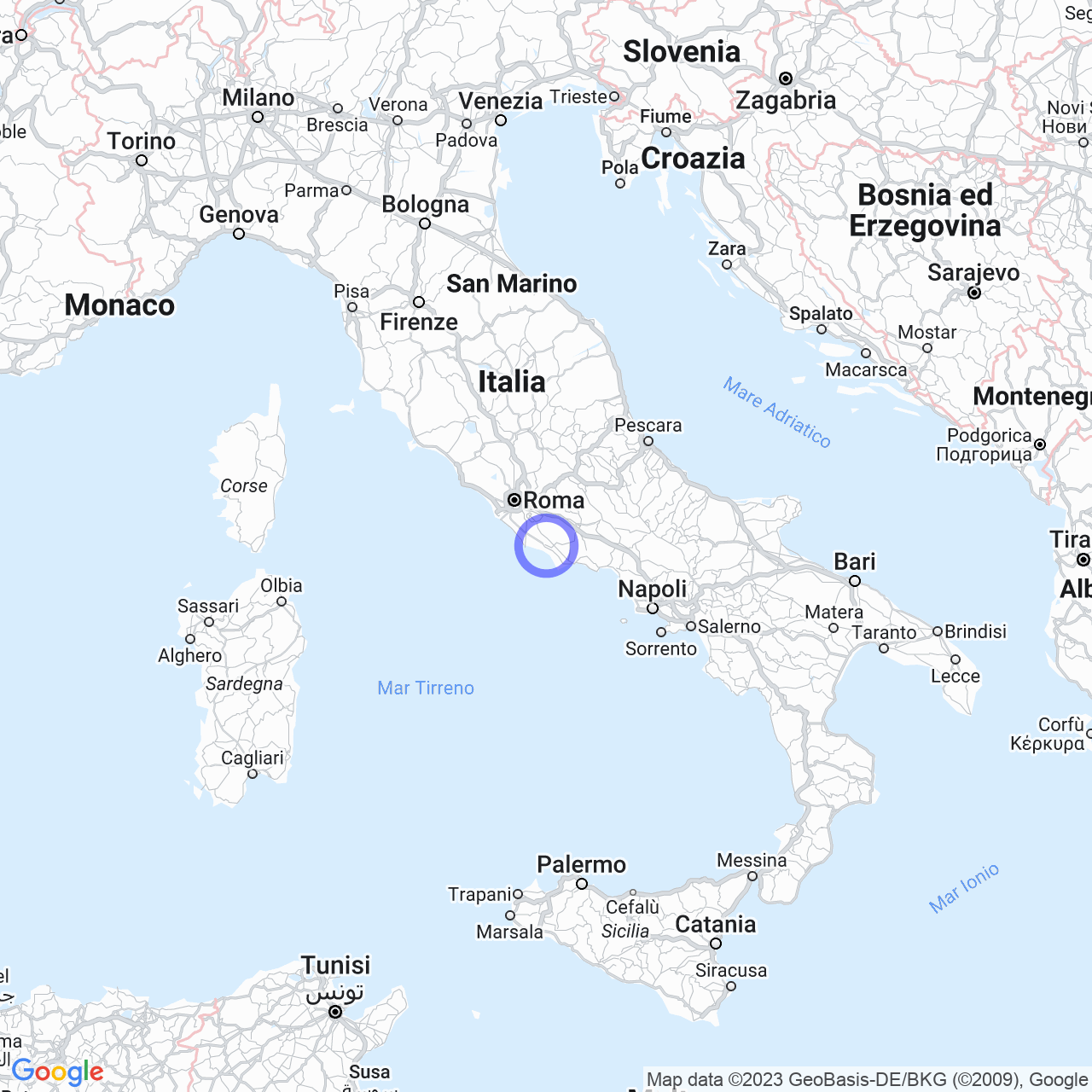Latina Scalo
Latina Scalo: a story of growth and evolution
Latina Scalo is a hamlet of the municipality of Latina, a city located in the Lazio region of Italy. The village has an interesting history that has developed over the years. It evolved from an important railway station to an industrial center in the 1950s.
History
The hamlet was founded in 1929 as a railway hub for the two north-south directions and for local routes to neighboring towns, mainly Norma, Sermoneta, and Sezze. The Ministry of Communications formalized the construction of the Littoria station, which became the current Latina Scalo railway station. The Piscinara Consortium offered a contribution of 200,000 Italian lire, the area called Casal Venditto, and the land from the excavations of the agricultural drainage canals, transported by the Consortium's 'Decauville'.
The war events of World War II did not cause significant damage to the residential structures and railway station, while the adjacent airport, home to the legendary Savoia-Marchetti S.M.79 "Sparviero" torpedo bombers, was literally devastated by Allied bombing. Even the occupation by German forces did not cause particular difficulties for the population.

Economic development
The post-war period represented the period of greatest economic development for the hamlet. The MAP (Mulino Agro Pontino), the MILPAC and the OSCHATZ were the new industrial settlements that brought employment between the 1950s and 1960s. None of these industries, very active until the 1970s, survived with the advent of new technologies and new markets. Only the MAP was reconverted in the 1990s as a structure for the disposal of dairy processing serums.
In the 1970s/1980s, the chemical industry Uniroyal (today Lanxess) and other factories of a pharmaceutical, chemical, and metalworking type were established in the Tor Tre Ponti area.
Current situation
Today, Latina Scalo has undergone a metamorphosis and is going through a period of change. The once thriving industrial area has begun to decrease. However, the city has transformed the structure of the sugar mill into a logistics platform for the exchange of goods, although the structure is currently no longer used.
Latina Scalo is developing as a commercial and residential center, with the construction of new shopping and residential centers emerging throughout the city.
Conclusions
Latina Scalo has an interesting history and is worth a visit. Not only was it once an important railway station but also a thriving industrial center. Today, the city is going through a period of change, with the development of a new identity as a commercial and residential center. If you are in the area, stop by Latina Scalo and discover its beauty!
